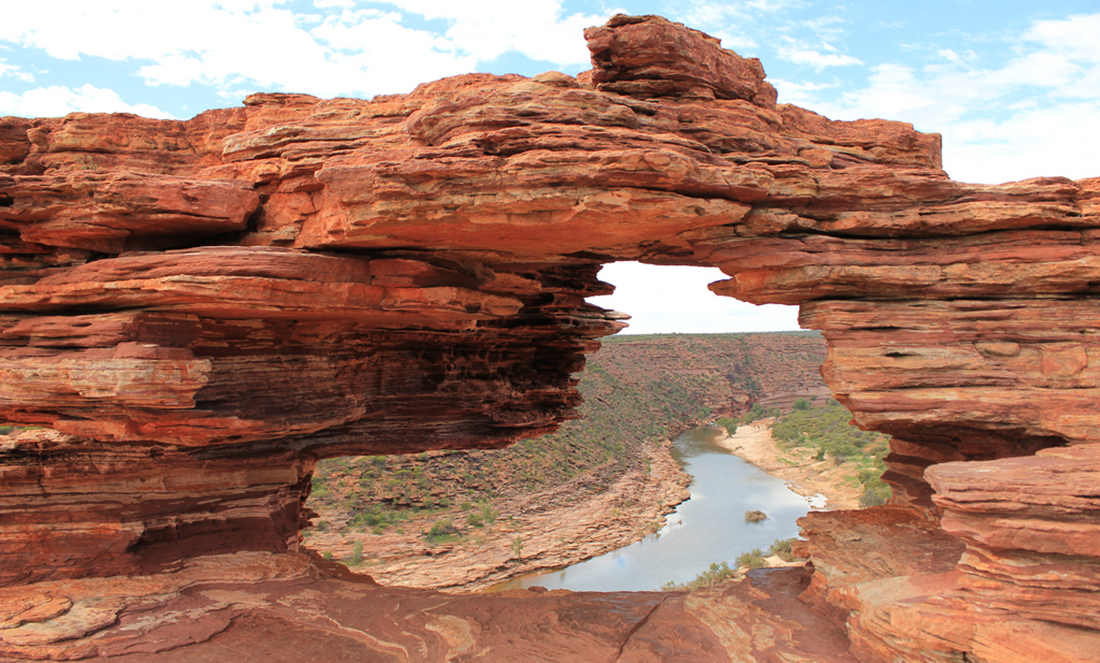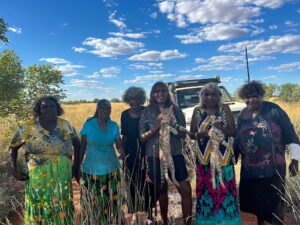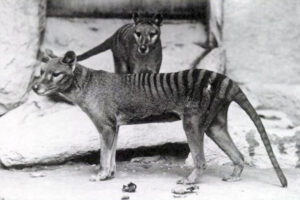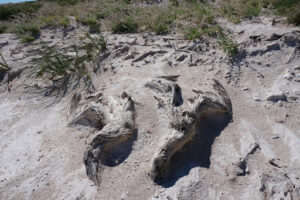When people think of Kalbarri, they think of gorgeous outback scenery, sun and relaxation. I mean, just take a look. It’s the perfect place to get away from it all.
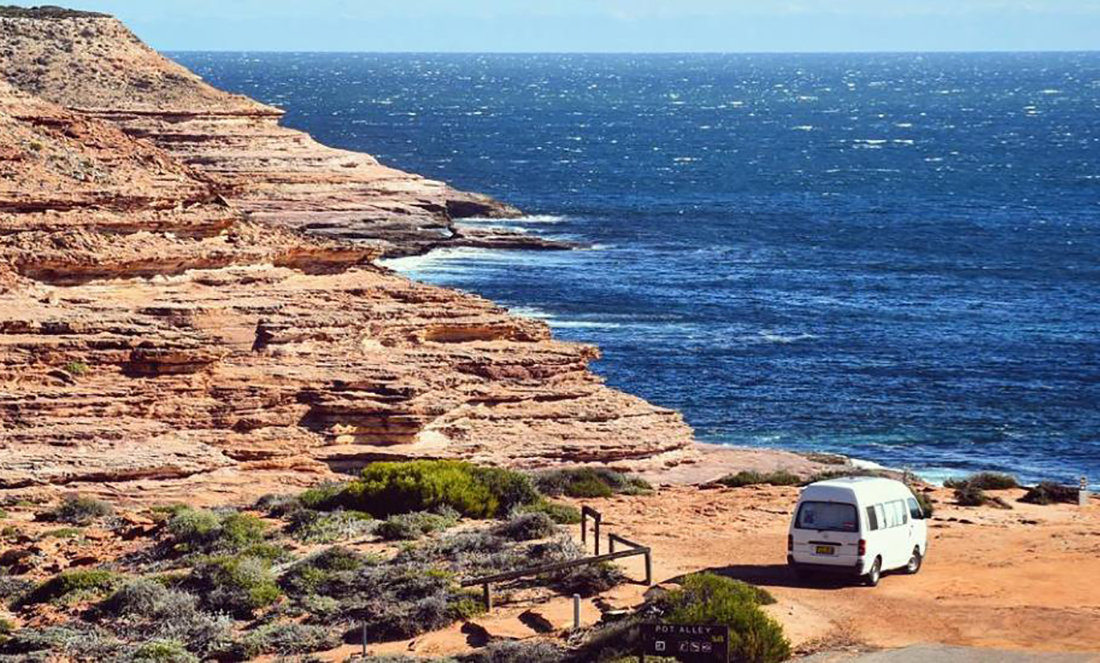
And when I say get away from it all, I really mean it. Kalbarri is almost 600km north of Perth. This is great for a bit of peace and quiet, but with such extreme remoteness, you get problems.
The town’s power supply is via a 140km-long coastal power line from Geraldton, so Kalbarri is particularly prone to power outages, with an average of 11 per year. These outages can be devastating for local businesses and the town’s viability as a tourist destination.
One way Western Power is trying to fix these power outages is by making Kalbarri a little more self-sufficient and less dependent on the Geraldton hub for power.
But what will they use instead?
Enter the adorably named Kalbarri microgrid, a 100% renewable energy-powered joint project by Western Power. It’s set to be constructed by a joint venture between LendLease and Carnegie Clean Energy. The microgrid—due to be operational in 2019—will work to make Kalbarri’s problematic power outages a thing of the past.
THE MICROGRID
Microgrids are small-scale power grids that can either operate independently of a main electricity network or complement it to improve reliability.
While Kalbarri is extremely isolated—particularly from major existing power sources—it does have considerable renewable energy potential.
“Kalbarri has great renewable energy resources including an existing wind farm and proposed solar, which allows for cost optimisation in regards to energy storage system sizing,” said a Western Power spokesperson.
This doesn’t mean Kalbarri will be completely run on renewable energy. The microgrid will kick in when the electricity from Geraldton is interrupted by environmental factors. But it’s hoped, in time as renewable energy and storage technology improves, microgrids will play more of a central role in remote communities’ power generation.
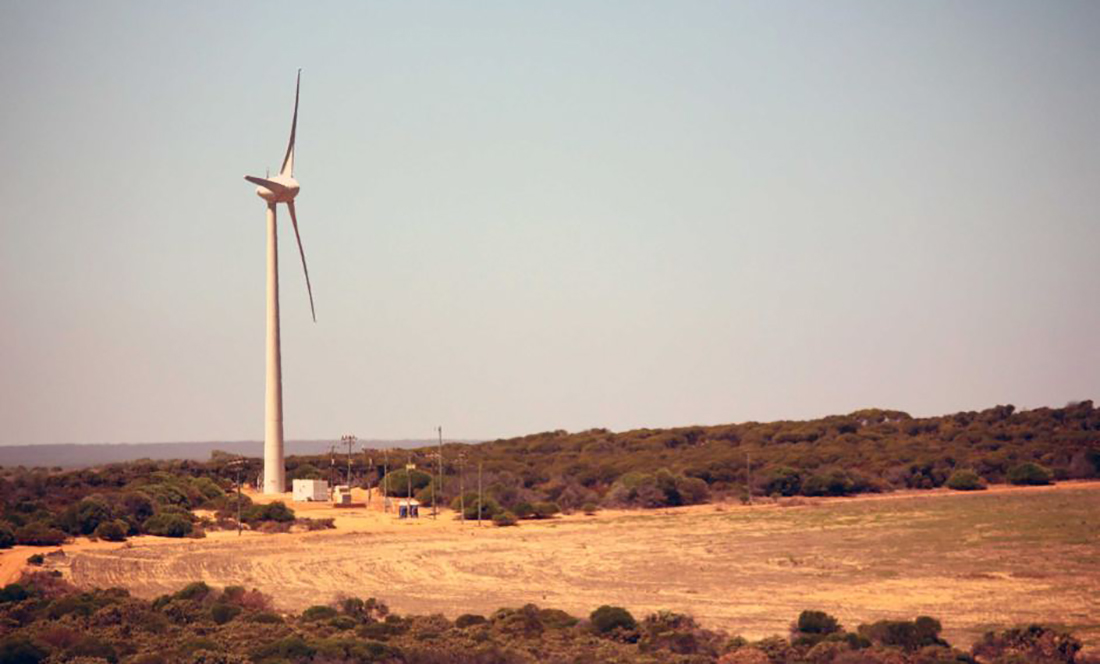
THE BATTERY
A key component of the microgrid—and indeed many renewable energy projects—is the battery.
If the power happens to go out in the middle of a windless night (or any other time renewable energy generation isn’t feasible), the battery will pick up the slack.
THE FUTURE
Projects like the Kalbarri microgrid have the potential to transform the way remote communities exist in Western Australia.
“In the near future, both Western Power and Horizon Power (who build, maintain and operate the electricity network in remote/regional areas of WA) will utilise a combination of renewable resources, energy storage and microgrids to both improve the reliability and reduce the cost of supplying power.”
“Remote communities in particular will benefit by electricity services becoming more accessible and reliable, thereby improving the standard of living for individuals, and help businesses to grow.”
There’s no telling what sort of impact these microgrids could have on the future of Western Australia’s remote towns. From increasing the economic viability of WA’s isolated and beautiful tourist hotspots to achieving energy self-sufficiency for regional areas, things are looking green.



